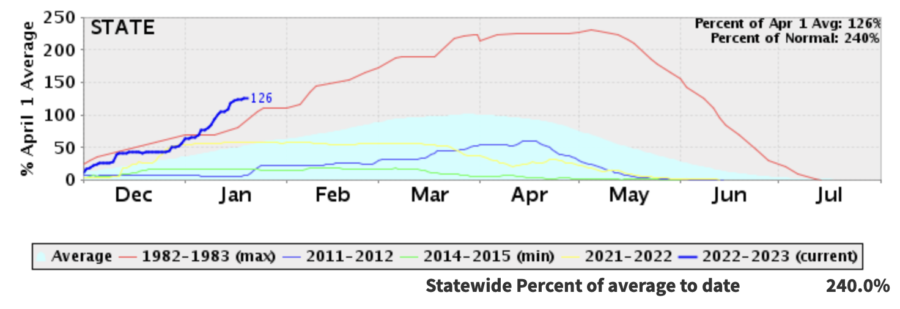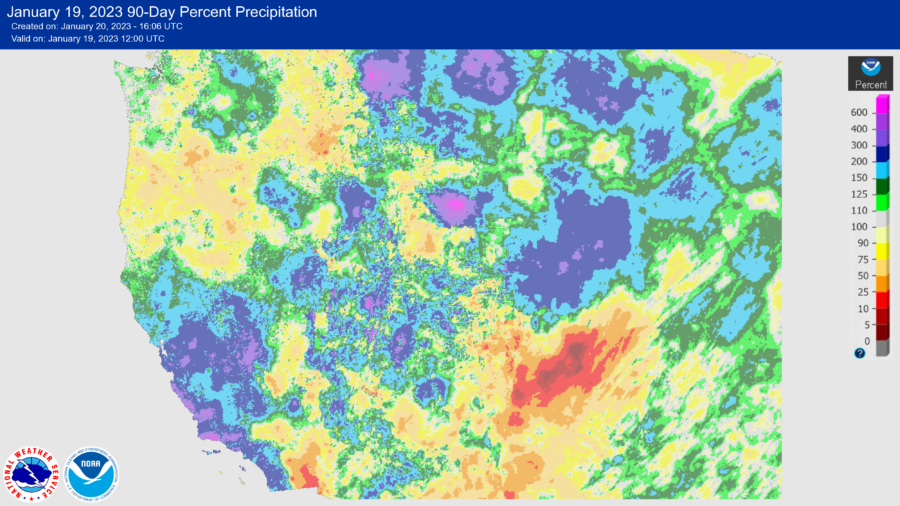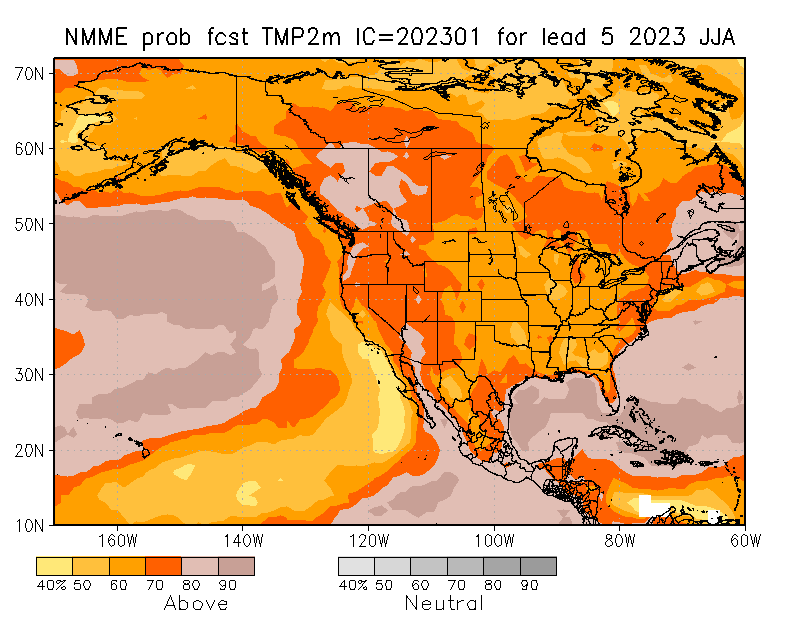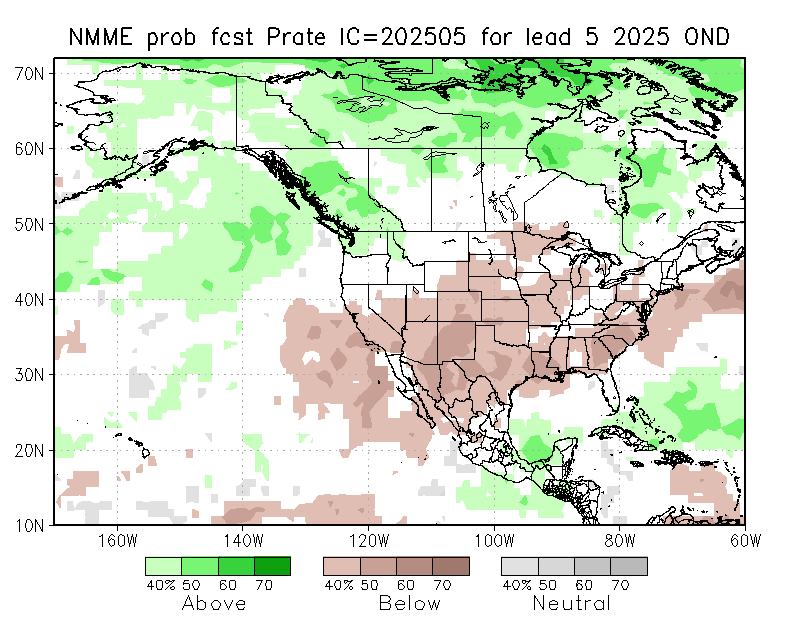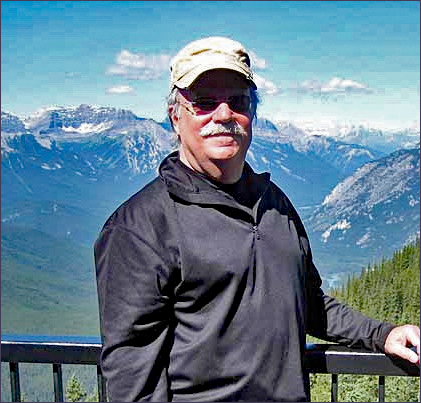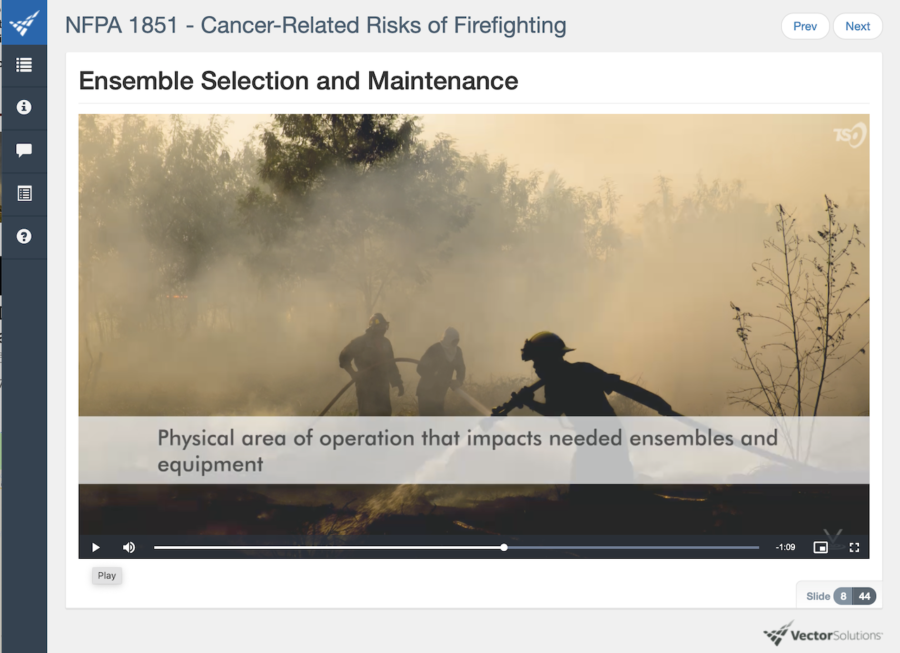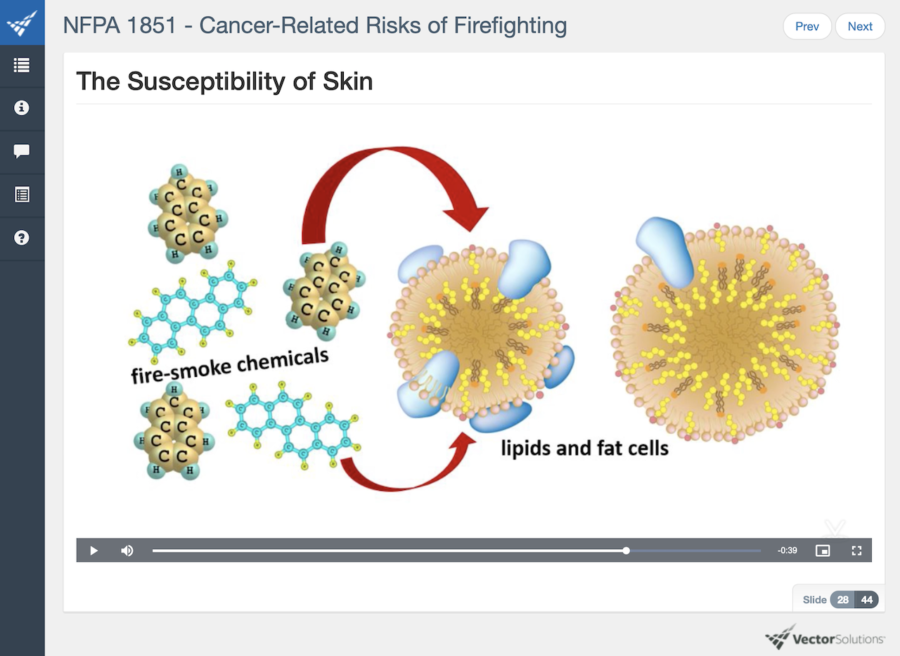The case against a couple accused of starting the 2020 El Dorado Fire with a gender-reveal device will move forward after one of four felony counts was dropped by a Superior Court judge in San Bernardino, California.
As reported by Brian Rokos of the Southern California News Group, one of four property-damage felony charges against Refugio Manuel Jimenez Jr. and wife Angelina Renee Jimenez was dismissed; a felony involuntary manslaughter charge remains along with three felony counts of recklessly causing a fire with great bodily injury and and three felony counts of recklessly causing a fire to an inhabited structure.
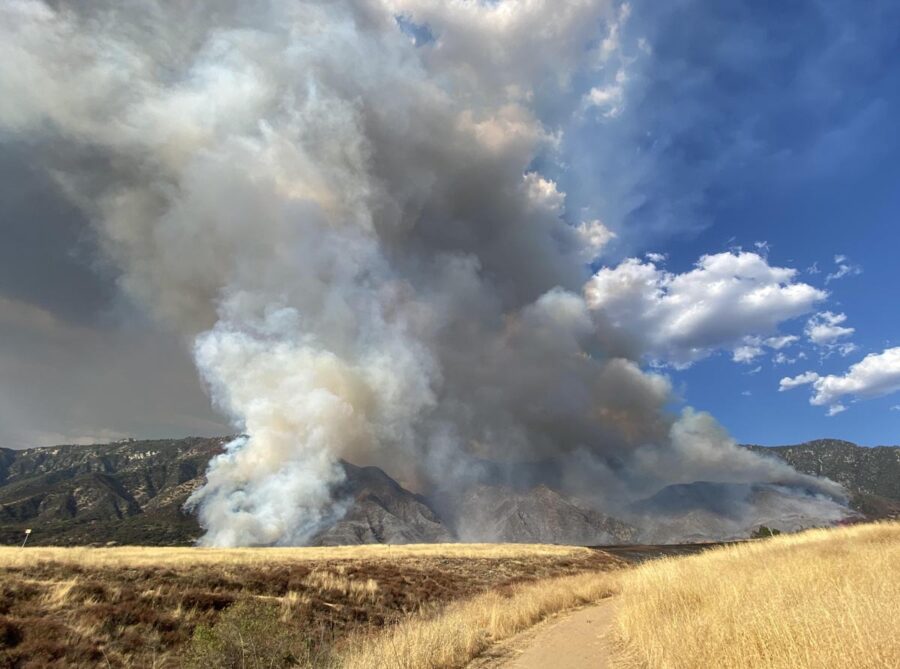
Attorneys for the Jimenezes argued that the fire was accidentally ignited by the smoky gender-reveal device and sought dismissal of the manslaughter charge. Rokos reported that the deputy county attorney argued that “the Jimenezes should have known better than to set off the smoky device on a 103-degree day with low humidity in a park containing extremely dry brush.”
If convicted of involuntary manslaughter, the Jimenezes could be sentenced to four years in prison. They are currently on leave from their jobs as California correctional officers.
Prior coverage in Wildfire Today of the “Narrative” and related reports on the fatality of a squad leader on the Big Bear Interagency Hotshot Crew highlighted the increasing risks and complicated processes in a comprehensive analyses. Charles ‘Charlie’ Morton died as he was scouting the fire alone on September 17, 2020 when it overran his location.
Excerpts from the reports included:
“In his September 24, 2020 testimony before Congress, John Phipps, the Forest Service’s Deputy Chief of State and Private Forestry, stated “the system is not designed for this,” to illustrate the misalignment between the design of the wildland fire system and the reality that wildland fire responders routinely experience.”
“We continue to ask our wildland fire responders to save communities that are becoming increasingly unsavable. At what point do we declare communities without any semblance of defensible space not worth the risk of trying to save under extreme fire behavior conditions?”
As Bill Gabbert wrote about the reports on their release, they were notable for their in-depth compilation of lessons as well as the suggestion “that perhaps firefighters (or forestry technicians) should be called ‘fire responders’ so they don’t ‘view fire as an enemy.’ Other than that many of their conclusions are very reasonable, even though most of them have been previously identified in various forms. But having so many of them listed in one fatality report is unique, and could be useful. Unless it just disappears into files like so many others.”
One lesson is being applied – to streamline Type 1 and Type 2 team classifications. Other lessons – such as identifying the risk of scouting and implementing tracking devices and drones – are not moving ahead as quickly.

